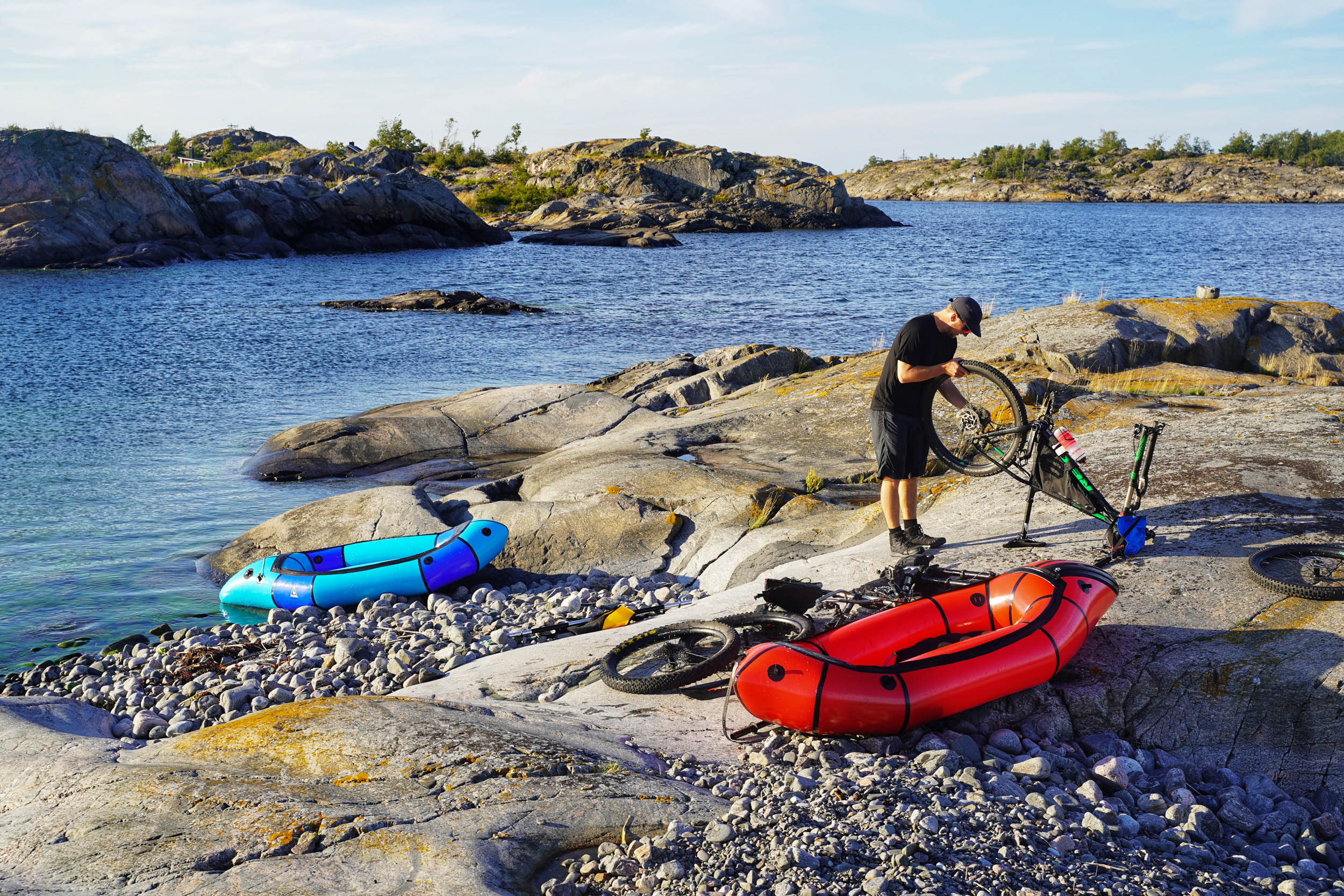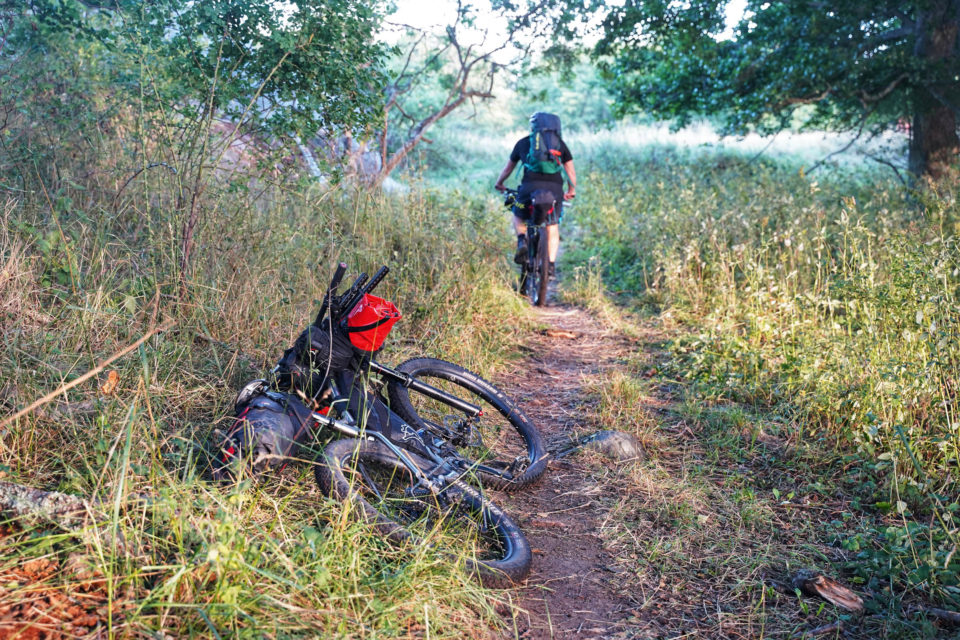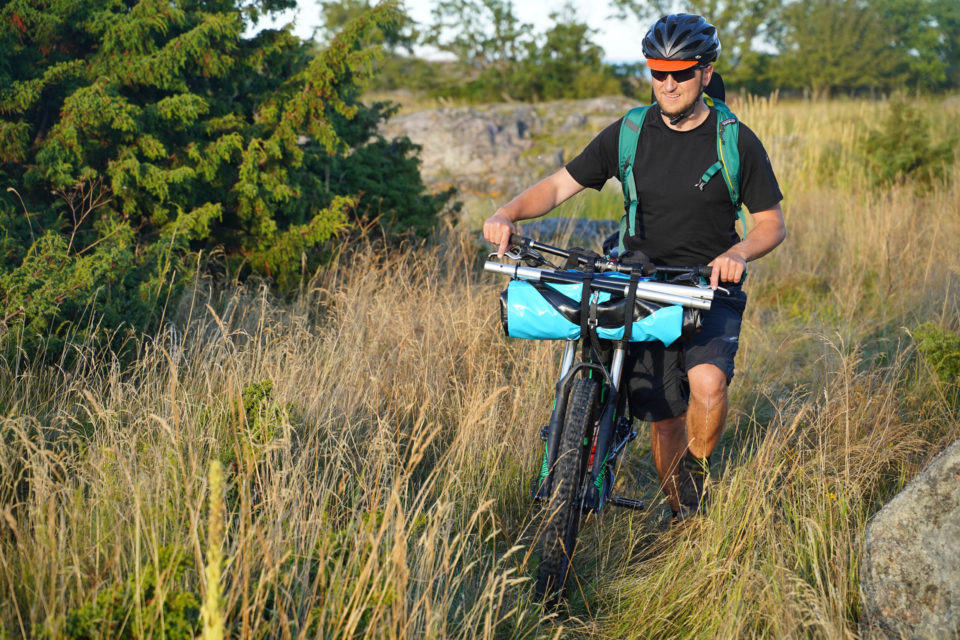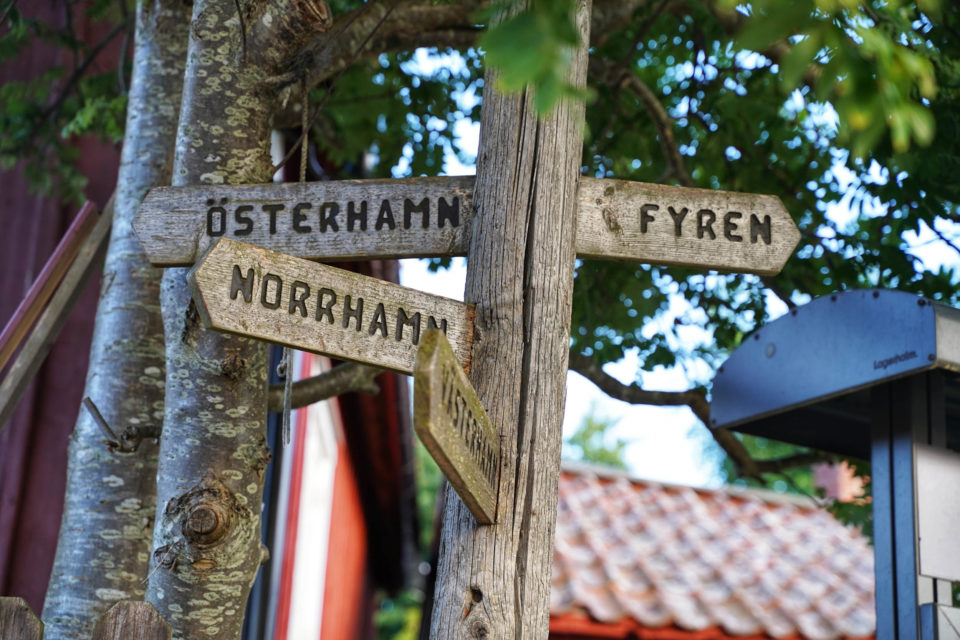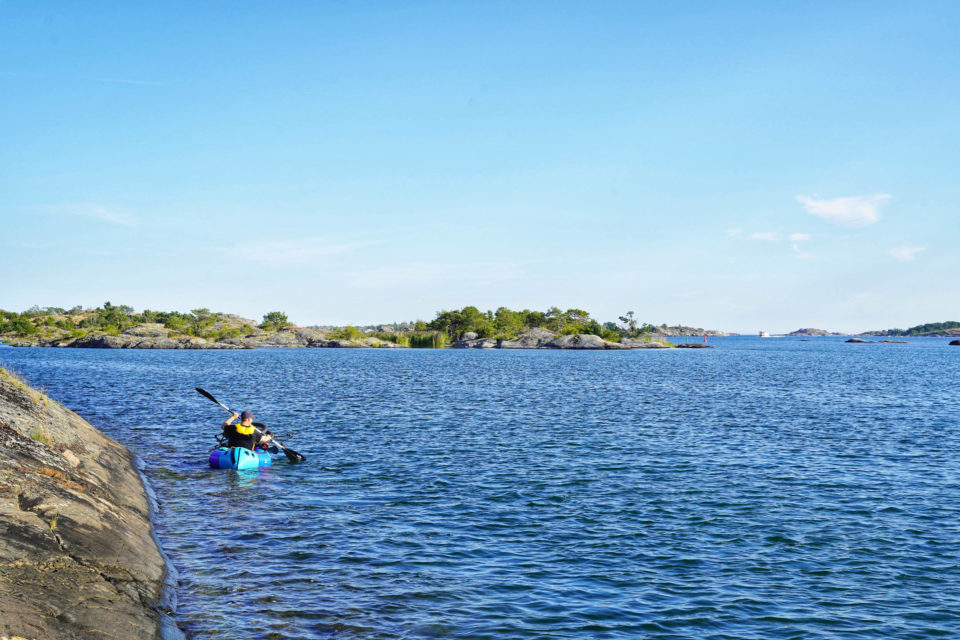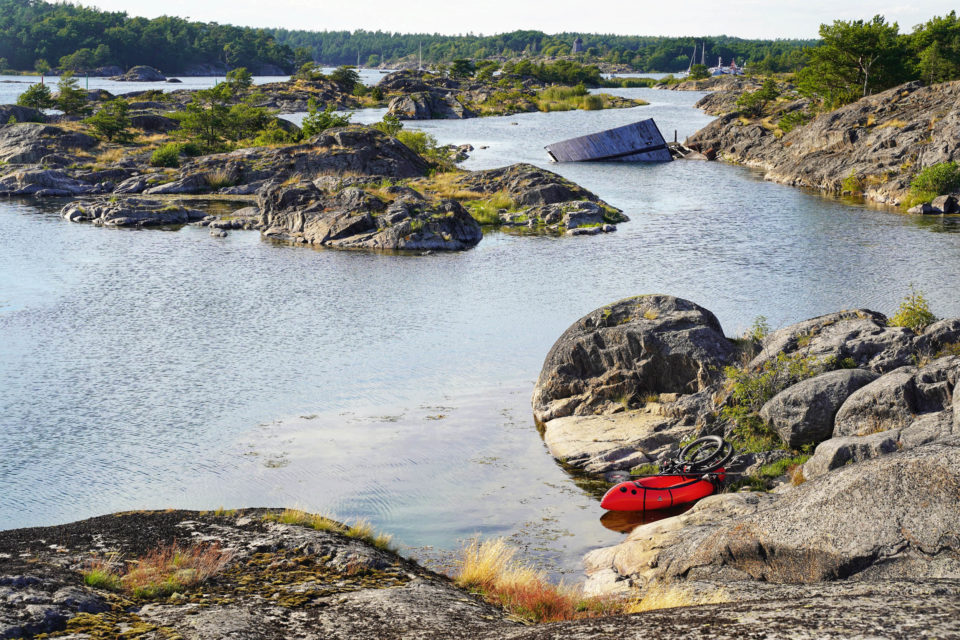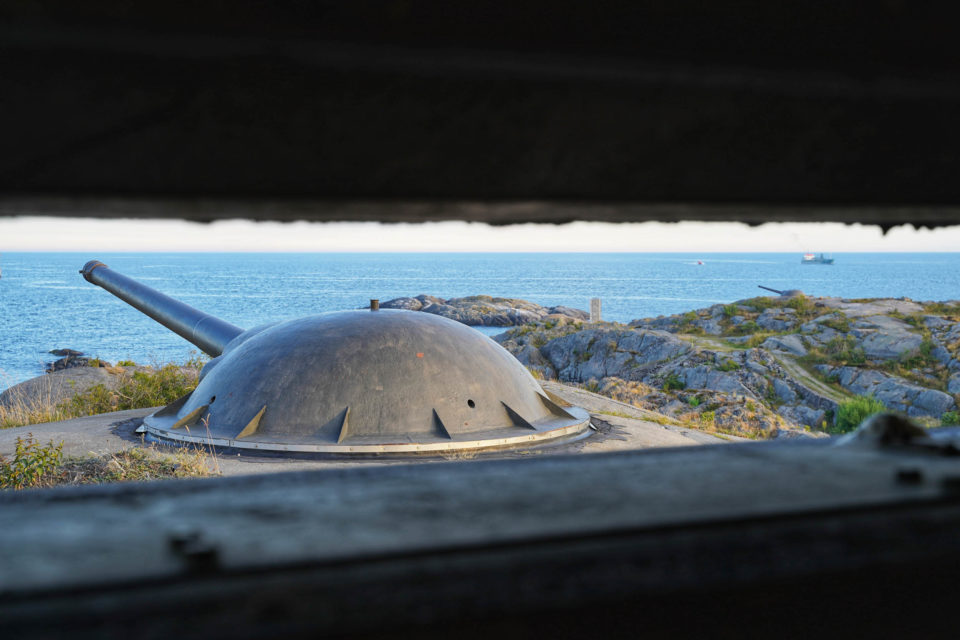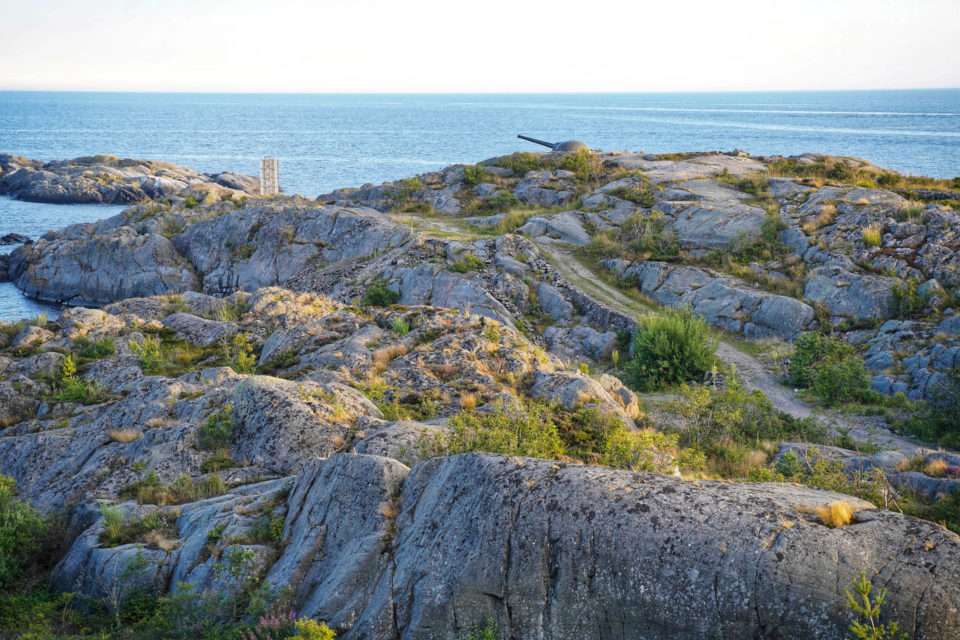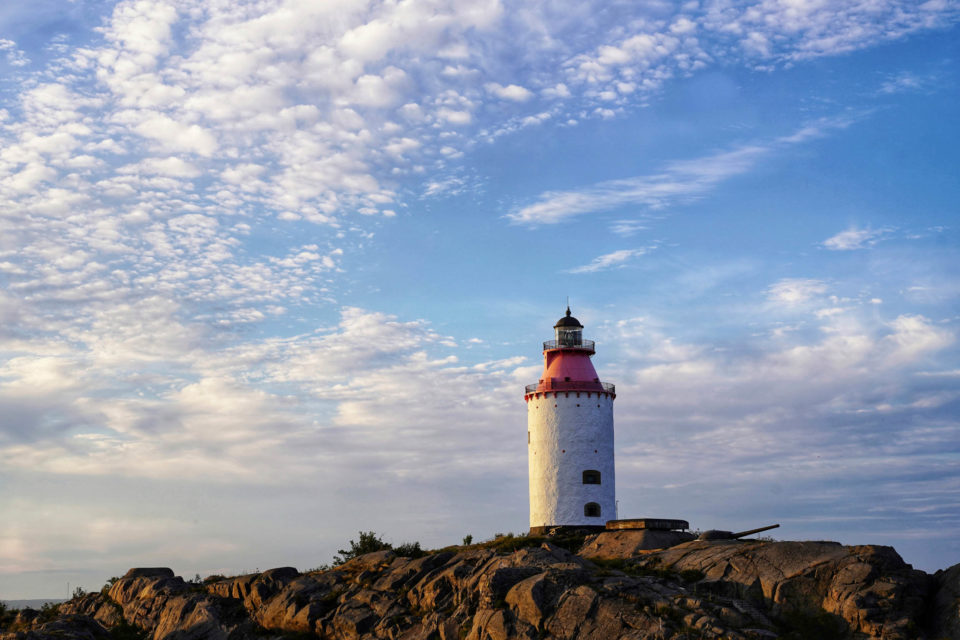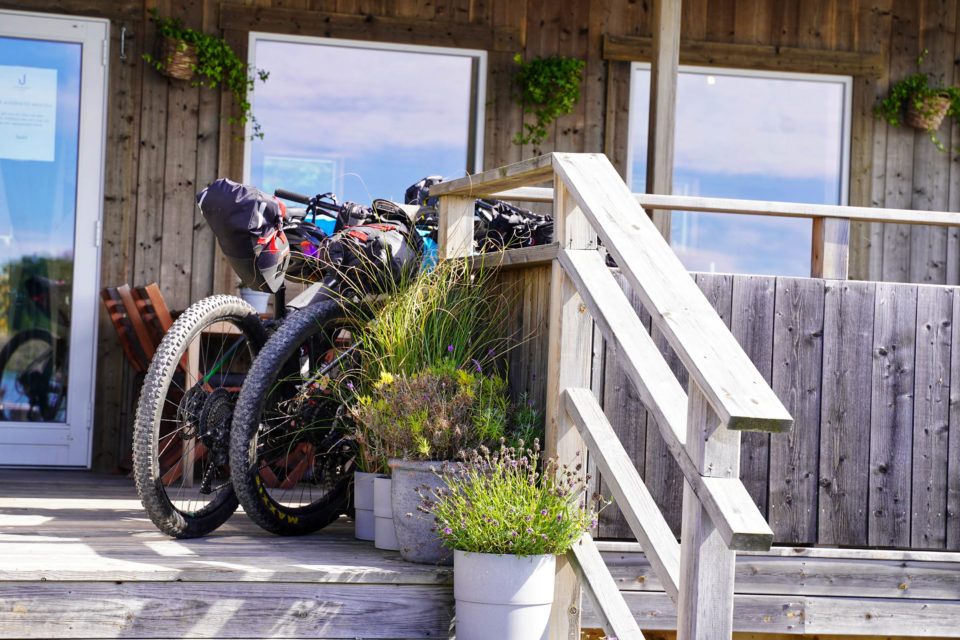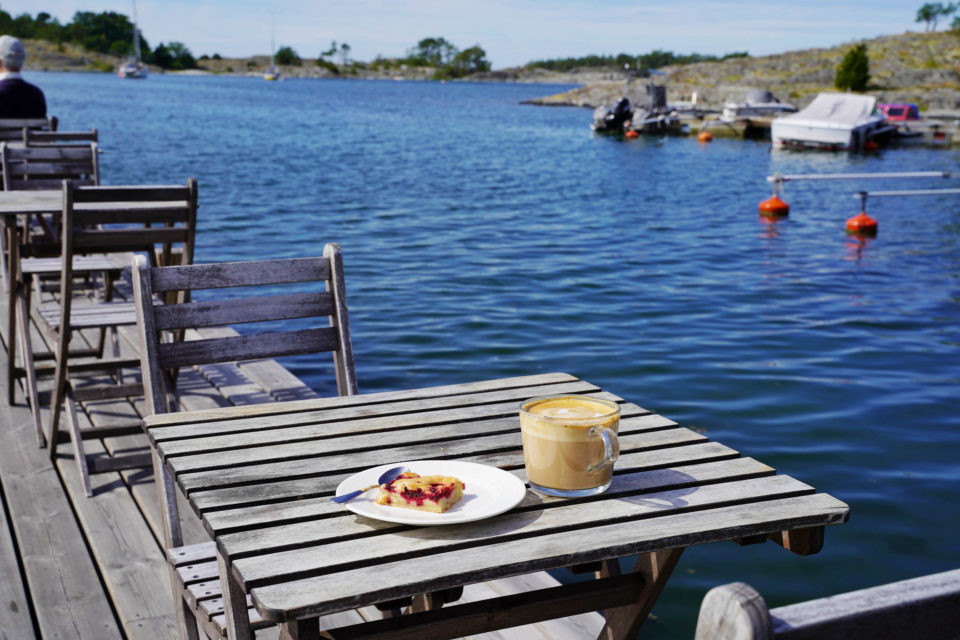Riding the Wind: Bikerafting Stockholm’s Islands
Share This
Seeking one last summer adventure, Michael O’Dwyer pedaled and paddled out to one of the 30,000 islands that surround Sweden’s capital for a bikerafting overnighter, braving the open water to reach the southernmost island in the Stockholm archipelago. Find his story here…
Words and photos by Michael O’Dwyer (@bikepackingsweden)
Packrafts aren’t meant for the open sea. Not in the least. To attempt an exposed crossing to an outer island you, either have to have an overabundance of confidence in your abilities or have done your calculations to a dime. We made it out and back and I’m claiming the latter.
Prelude
Many of us had our bikepacking plans stolen in 2020. Our international trips were put on hold or cancelled. Dreams of far away lands and seeing new countries evaporated as the Covid-19 virus took hold of the world. In Sweden, rightly or wrongly, the government took a different approach in tackling the virus, which left us relatively free to roam the country. I’d had a few great adventures over the summer but as the autumn approached I felt I needed just one more before the colder weather rushed in.
Stockholm is a city surrounded by nature. The forests and lakes are entwined with suburbs and railway lines. A network of gravel roads starts within four kilometres of the bustling streets of Scandinavia’s largest city. But above all, the one thing that really makes Stockholm special is its islands. It’s a city built on islands. Greater Stockholm has over 30,000 islands. As the crow flies its archipelago is 150 kilometres long and over 60 kilometres wide at its deepest point. It was here I decided to look for my next adventure.
The frustrations of not being able to travel far, coupled with the desire of a last big adventure, got me thinking outside the box. I wanted something different. Something that would fulfill my adventurous spirits, for now. I began dreaming. Biking to the outer islands. Biking to the boat to get to the islands. Problems with taking the small commuter boats with a bike. Bringing my own boat. Bringing my own boat on my bike. Packraft. Putting my bike on my boat. Bikerafting. A plan was formed.

The Plan
Stockholm’s vast amount of islands left me with another issue: Which island, and why? I want the trip to have a point. I wanted to visit somewhere in my region where I’d never been but had always wanted to go to. I decided on the long and exposed island of Landsort in the southernmost tip of Stockholm’s archipelago. It ticked all the boxes. Adventurous, exposed, and with plenty of points of interests on land. I couldn’t ignore it.
I’d been thinking of Landsort for some time. I’d sea kayaked around the island several times but had never set foot on it. I had seen its majestic old lighthouse from many angles and had always wanted to get closer. But what drew me most to the southern tip of this island was its abandoned military installations. The cold war relics that litter the eastern Swedish coastline have always fascinated me. Coming from neutral Ireland, these forgotten battle stations still fascinate me.
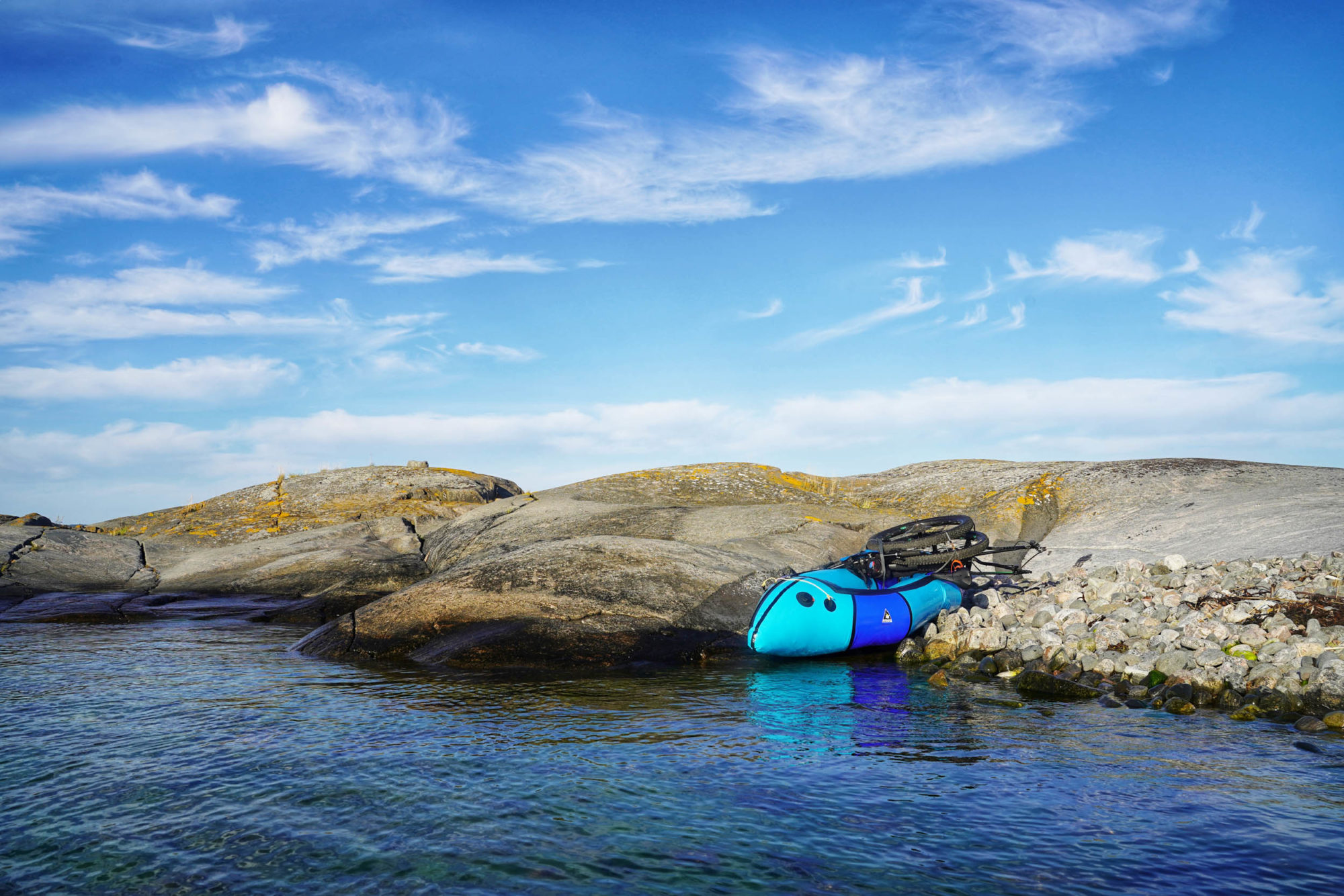
Watching the Weather
Deciding to go somewhere and wanting to go somewhere doesn’t automatically mean you get to go. When trying something different, something a bit risky, everything must go right to pull it off. A bicycle is a sturdy machine that can take you to many places in many different types of weather. Sand, snow, or just forest tracks, your bike can usually handle it. Wind can be annoying but only the strongest of storms can stop you. Packrafting is different. A packraft has no keel or rudder. For most of them are flat-bottomed boats, relying solely on the paddler’s skills to steer it. A fart in the wrong direction can have you blown out to sea.
Landsort is at the southern end of the archipelago with only the open sea beyond. An attempt to packraft out to the island would require close to zero wind. Easier said than done when the next landfall is over 100 kilometres away in Gotland. If the wind wasn’t zero we would want at least southerlies so as we paddled south to the island the worst that could happen, wind wise, would be us getting pushed back to the mainland.
The waiting game began. I watched the forecast for weeks on end. Then it happened. I got my weather window.

Organising
Summer can be a difficult time to arrange adventures on the fly. Holidays have been booked and kids are off school. To give a fellow adventurer 20 hours’ notice to do a difficult tour is not ideal. But I was in luck. Olle, a fellow bikepacker and experienced sailor, was also longing to get in one trip before starting work on Monday. We checked the weather charts and agreed our window for our attempt was to be on Saturday afternoon. We scrambled together our equipment and food to head off the next day.
Arriving at Ankarudden brygga, Olle and I were initially concerned with the wind that greeted us. We parked a bit away from the open water but could still feel the sea breeze. We scouted along the coastline and came to the conclusion that we were feeling the worst of the wind and we could trust the weather forecast as there was nothing to indicate a change. Clear blue skies and four meter/second was what we were promised and it was what we were getting.
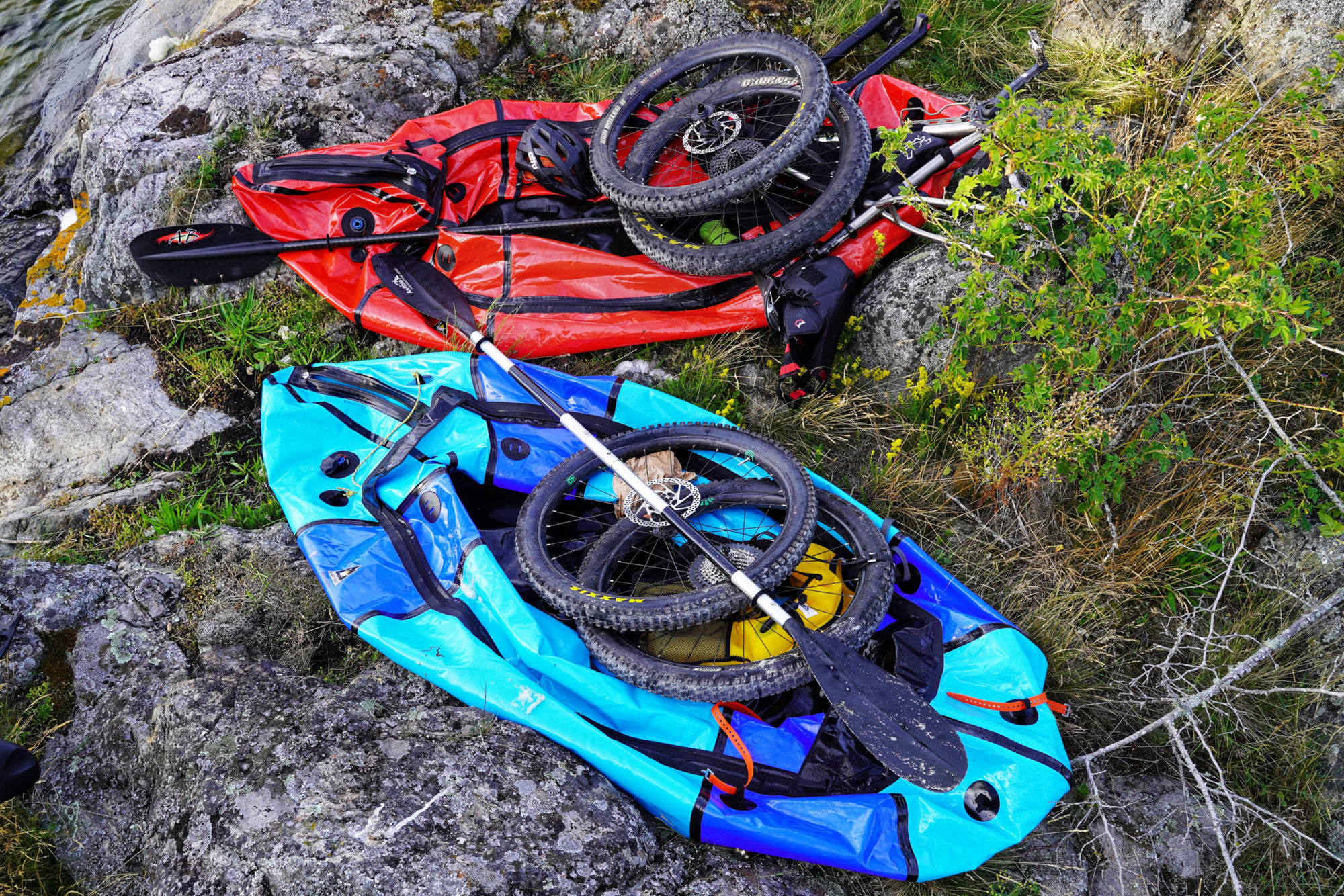
Setting up our bikes for bikerafting has become a well rehearsed drill for us. A Revelate Designs handlebar harness held our tightly packed Alpacka Classic boats on the bikes. Stripped down to the minimum, these boats weigh about 2.5 kilograms. Four-piece Aquabound paddles were broken up with the poles joining the boats on each of our fronts, the blades going in our small backpacks. Our Anfibio PFDs pack into our frame bags along with food, kitchen, and tools. Everything else would be packed in our saddle bags.
We rode over to the boat slip and reversed our packing. An amazing feature of our packrafts are the TiZips. These air-tight zips allow us to access the inside of the single cell tubes that make up the boats’ buoyancy. Here we can pack all non-essential equipment and bags for the paddling section of our journey. Once we zip up the TiZips we can inflate the boats and load our bikes on the bows. Taking the wheels off, we can tie them down to our frames, which in turn are tied down to four points on our boats. It sounds more like we’re stacking dinner plates than it actually is. The bikes are securely locked on using Volie straps and the boats are well balanced. Packrafts have incredible good primary stability due to their flat bottoms, which in non-kayaking terms means on flat waters they’re difficult to capsize.
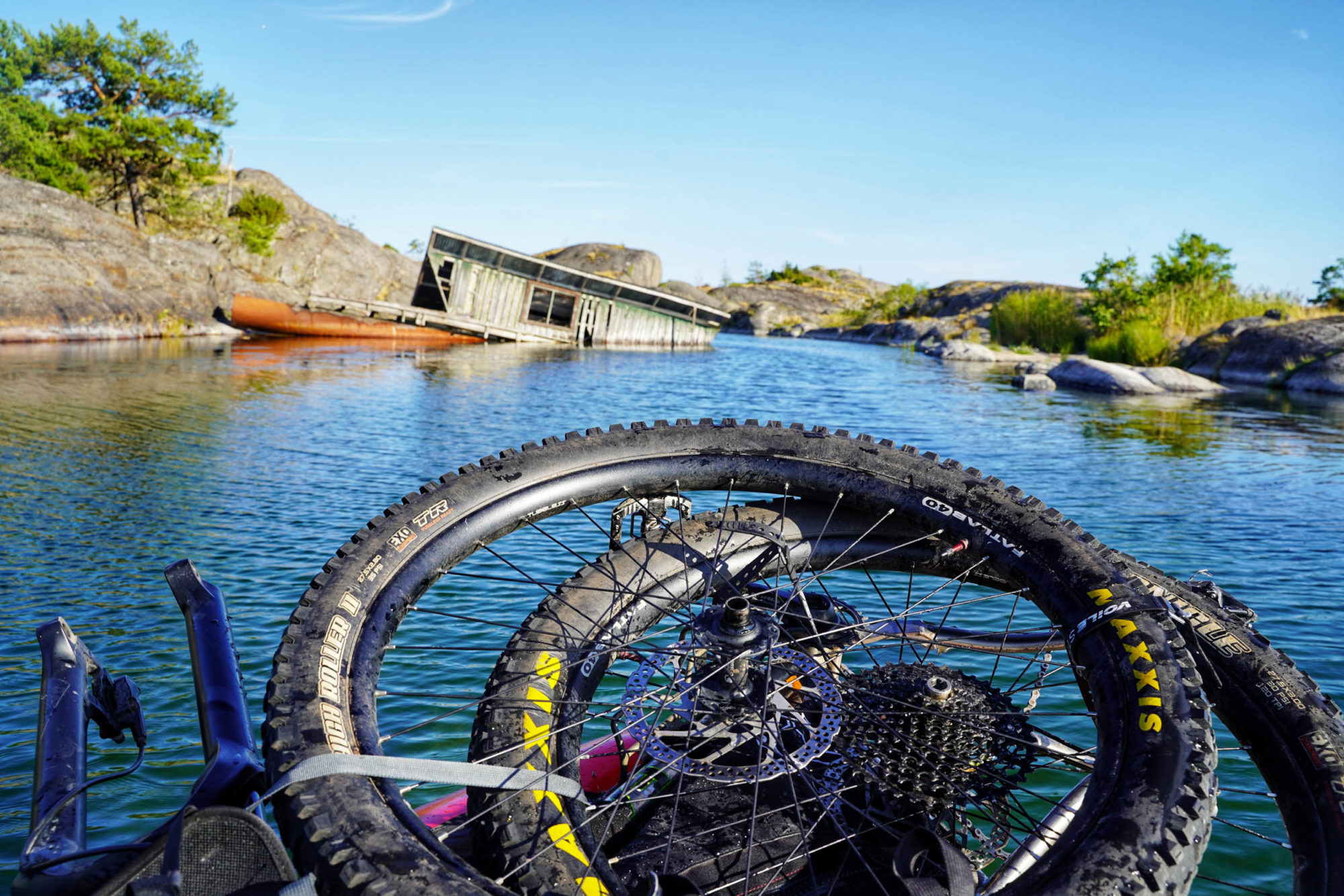
Journey Out
We needed to navigate past the docked boats and the passenger ferry that services Landsort. This ferry actually formed part of our back up plan. If the pending winds arrived earlier than expected we could always take this boat back to the mainland. But for now, she was more of an obstacle than anything else. Passengers were alighting, which meant it wouldn’t be long before the new ones were on and she would be making her next journey. The fear is not being crushed or run over by the large vessel, but to be capsized by the wave kicked up by her wake. The primary stability of the packrafts might be amazing, but when fully loaded and with our stack of dishes on the front, I was sceptical that their rough seas secondary stability would be nearly as good. Best not to risk it, so we paddled hard.
We made it to the first set of islands before the ferry left. The narrow channels of the chain of islands heading out to Landsort gave us more than just shelter. The tranquil waters and shallow waterways always bring a calm feeling to me. In Swedish, an archipelago is called a skärgård. I always think of the skärgard as not being the open sea in which the islands are found, but as the sheltered bays and inlets of rock gardens that dot the coast.
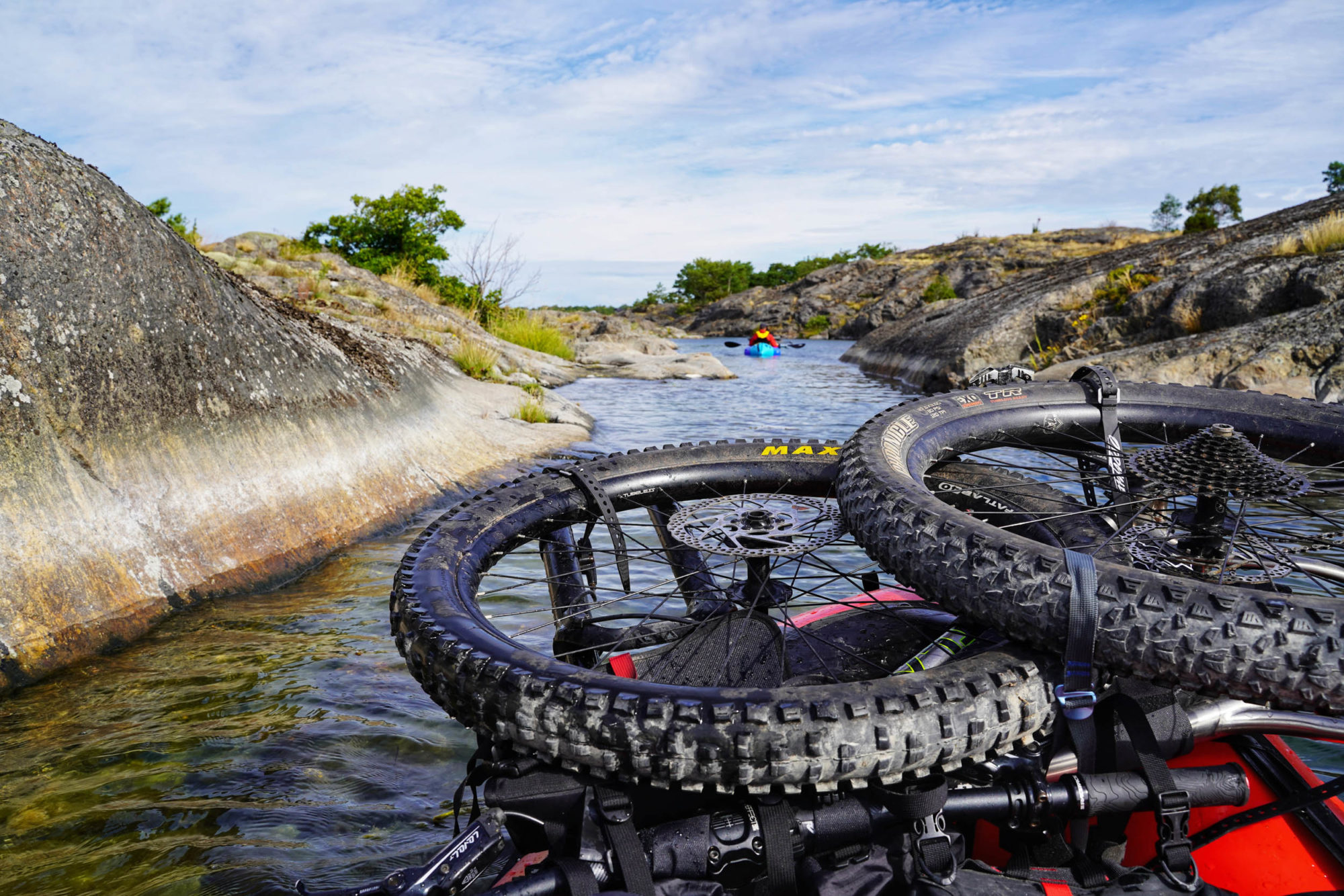
We paddled through gaps that only our packrafts or sea kayaks could fit. At one point we met two kayakers. My Irishness came to the surface, “Where are your bikes?!” I shouted over. The older gent nearly capsized when he realised our set up. Then his questions came, and when he realized we were paddling out to Landsort he shook his head in disbelief. We didn’t realise then, but he took a picture of us and posted it in a local mountain biking group on Facebook. Let’s just say we caused a bit of a storm and a frenzy of questions amongst the group’s members.
Coming to the edge of the first group of islands, we faced our biggest challenge. Not only is the widest crossing of the trip, it’s also a busy shipping channel for those who don’t want to round the southern exposed tip of Landsort. With standard kayaking practice we grouped together and paddled across the straights. Together we would be a larger mass on the water for boats to see, and also wouldn’t create an obstacle course for the sailors to navigate through.
We passed the first challenge, knowing we were now out there and committed. The wind picked up and our progress slowed. I didn’t say it to Olle, but I began to feel exposed. I’m not sure if I’d say worried, but I became more alert. My surroundings seemed to sharpen. I focused more, and unusually for me I didn’t want to take my camera out. I wanted to concentrate and get to our goal. I picked points out on the horizon and paddled to get them to a line with second points. Rocks, shipping markers, anything. It’s how I knew we were moving forward. Gradually, we made progress. After an hour and a half of paddling we made it to the northern end of Landsort.
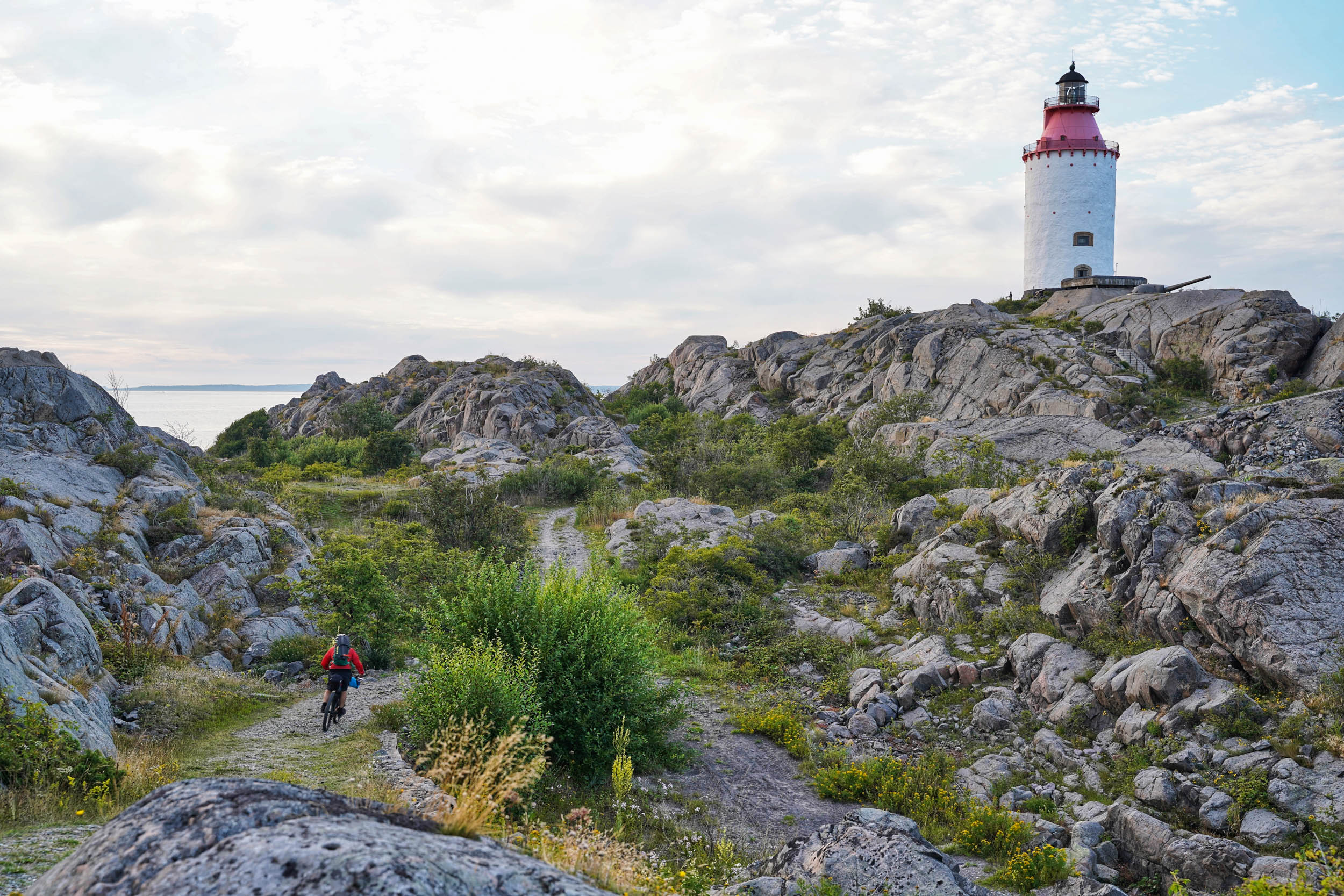
Exploring the Island
Once on the stoney beach we rebuilt our bikes and packed the boats away. A bit of a bushwack and hike-a-bike brought us to the high point on the north end of the island. A mere 600 meters wide at its widest point, the island stretches four kilometres out into the Baltic Sea. The views onto the northern harbour and out to the open sea are stunning. We couldn’t wait to get riding and explore more. A single gravel road dissects the island, leading down to the only village on the island and on to the southern point. The village’s name is actually Landsort, the island’s name being Öja. We were tempted to stop for a drink in the harbour bar but with the evening fast approaching there was work to do. Perfect clouds were forming on the horizon so I knew the sunset was going to put on a spectacular light show for us.
We were here to see the lighthouse and all that was built around it. As we approached, the gravel lane got smaller, eventually reducing into a narrow path. A thicket of bushes and trees formed at the bottom of the final stairs, blocking our view of what awaited. We carried our bikes up, finally broke through the last of the greenery, and were greeted by the 1870 lighthouse and the stark openness surrounding her.
The original gunpowder cannons were still on site, which reminded us how the strategic value of the location has been known through the ages. The original lighthouse was built in 1651 but has been upgraded several times over the centuries. It was easy to see why, as its commanding view over the sea and coastline has no rival in the skärgåd. Within a hundred meters the more modern weaponry is found. Although decommissioned in 1990, the Swedish Coastal Artillery guns are still in place and are partially preserved. Their dominance can be seen from afar. Exploring the bunkers was perfectly timed as a ship passing by on her way into the port of Södertälje came directly into view.
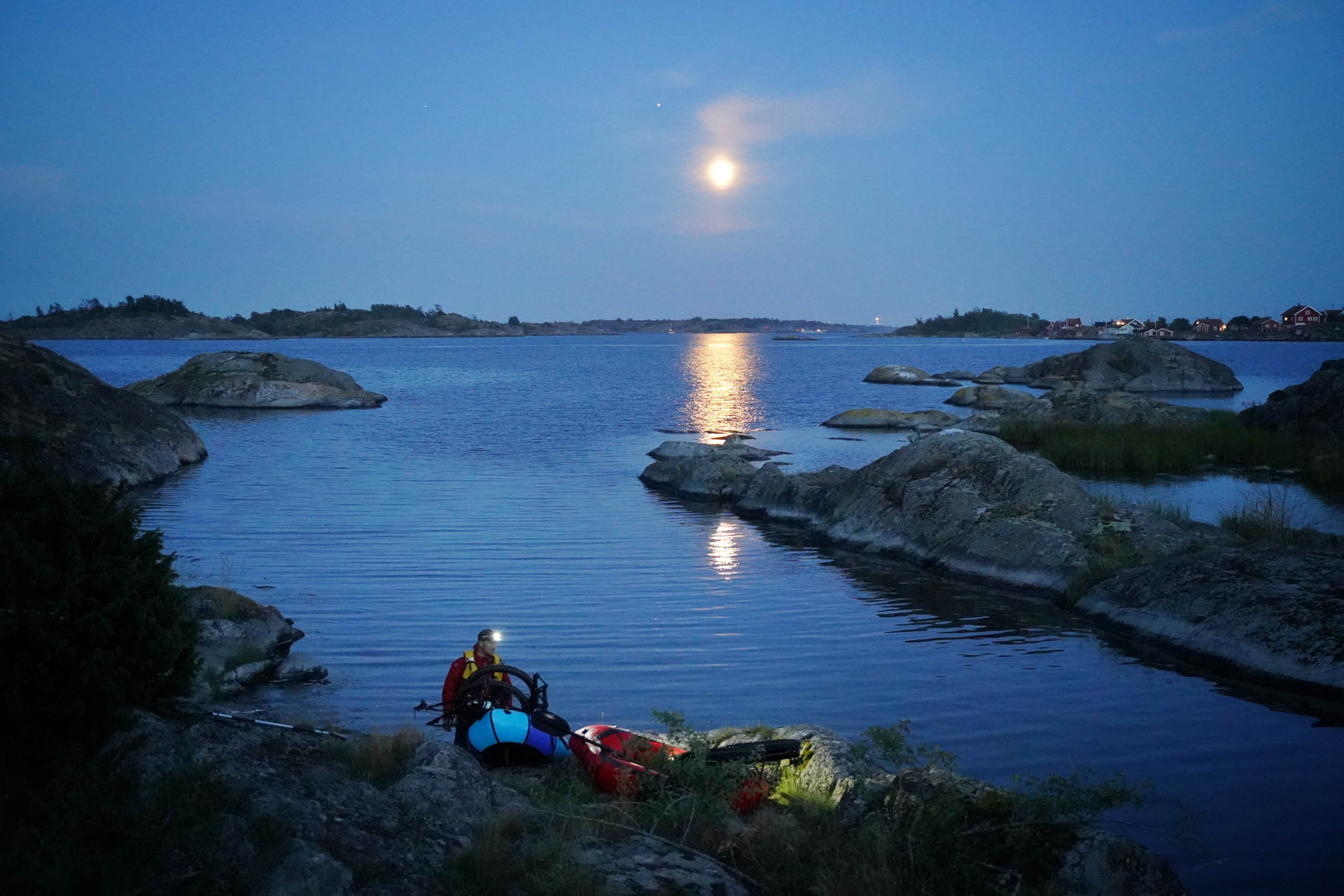
Decisions
We had finished our exploring, and the first stage of the sunset light show had passed. Dusk began to set in as the sun approached the horizon and was obscured by clouds. We had a decision to make. Do we camp on the island and risk getting trapped there by the strengthening winds, or do we make a run for it and try to get back to the mainland? If we could get most of the way back this evening it would make the next day easier. But if we didn’t get all the way back and we got trapped on one of the smaller islands we would have no way to get off of it. We would be shamed into having to call a water taxi (yes, they exist in Stockholm!). We decided to go for it and get as close to the mainland as possible.
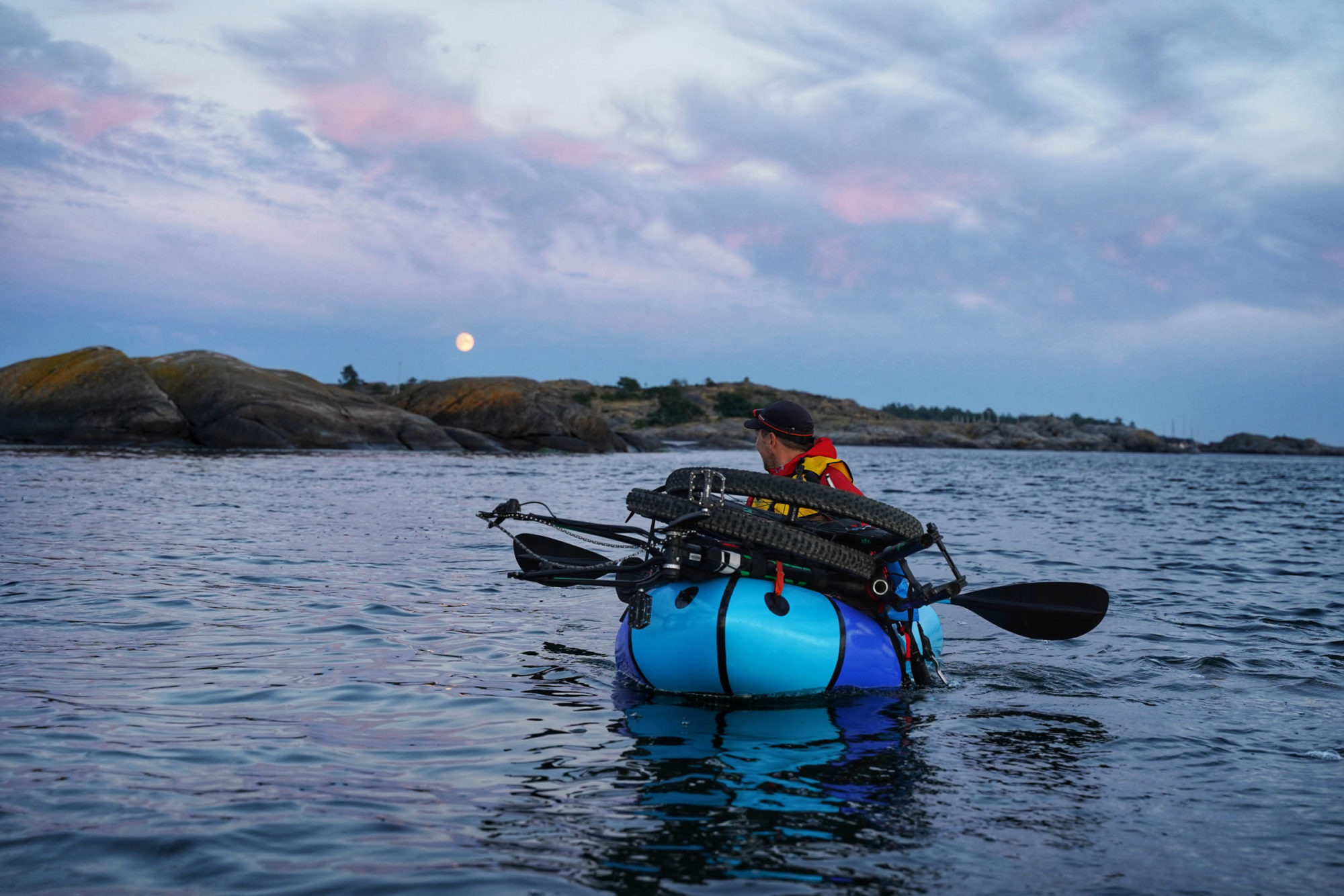
We got to the north harbour at 8:30 PM and began the transformation. The quay was full of boats, most of which had their crew dining on their decks. Again, our packrafts with mountain bikes stacked on top caused a lot of questions. We found ourselves surrounded by head shakers watching on in disbelief as we paddled out from the safety of the natural harbour. The sun had dipped below the horizon and in its final act of the day had set fire to the sky. For a moment the winds seemed to disappear as calmness descended upon us. Despite being under time pressure and literally racing against the elements, we couldn’t help but stop and watch the show. Two middle-aged men sitting in their rubber boats, bobbing up and down, off the coast of the furthest out island, watching the sky being painted red. Some things you remember forever.
Landing in the Dark
It had taken us an hour and a half to paddle out to Landsort. We had just 45 minutes of failing light to get back and get off the water. We set off with our headlamps at the ready. They were not so much to see where we were going, but to warn approaching boats of our presence. With the wind increasing but in our favour, we got help getting back towards the mainland. The moon rose and kept the darkness at bay. We followed the silhouettes of the islands we had passed by earlier that day and made it to the tip of the mainland. Unfortunately, there were no roads or trails there so it was decided to land on a less rocky island running parallel to the peninsula. Since our tent was not freestanding, we needed to spend some time looking for a suitable place to pitch. Eventually a spot was found and at 11:00 PM dinner was finally served.

Both Olle and I have young children, so the chance of a full night’s sleep and a later than 6:00 AM start was welcomed. We weren’t awoken by screaming children, but instead by our tent being rustled by the quickening wind. Once up, there was no sitting around. Instead, we had a quick breakfast and got onto the water as fast as we could. The wind was only going to grow in strength that day and we didn’t want any part of it. We began by fighting our way out of the bay into the freshening breeze. Rounding the headland was choppy but short lived. With the wind assisting us, our adventure was over before we knew it. For the last time we morphed back into bikepackers and did what any respectable Stockholm would do on a Sunday morning: headed straight to a cafe for breakfast.
Parting Thoughts
Some might read our story and think we were foolish to paddle out on open waters in our packrafts, but I don’t see it that way. Our adventure was considered and planned. We got to marry our love for bikepacking with our love of the water. Together, they gave us a new and different adventure in a place we thought we knew so well.
Please keep the conversation civil, constructive, and inclusive, or your comment will be removed.






